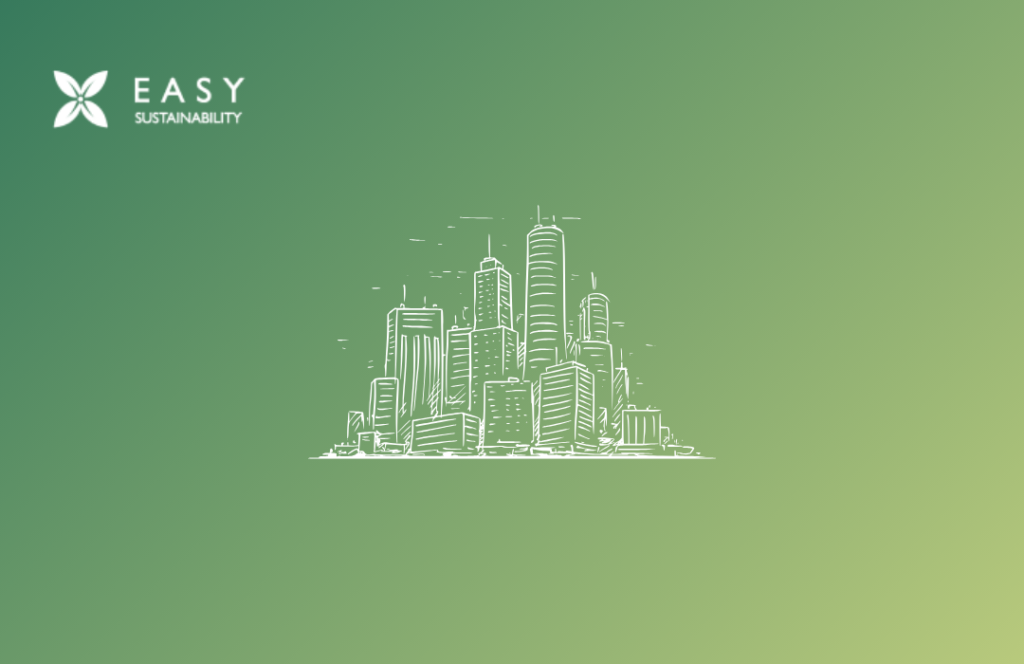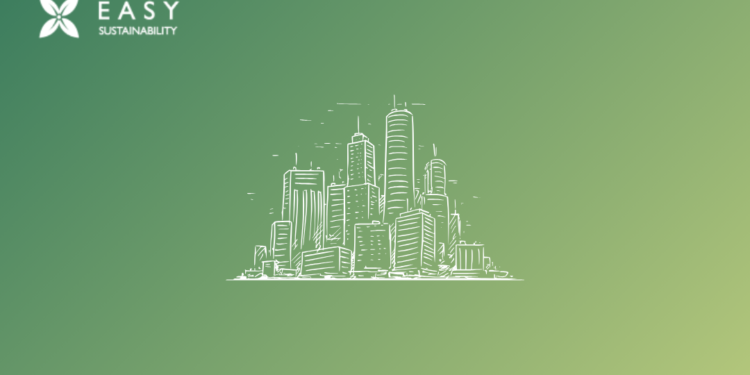Some things are buried so deeply in the sands of time that they are almost impossible to remember. Imagine the vast, open spaces of deserts and forests where ancient ruins of temples, markets, and cities lie still, awaiting the gentle touch of an archaeologist. It’s no easy task. Most people can only imagine the immense effort involved in unearthing and excavating such sites. I’m not just talking about physical fatigue, though the careful removal of dirt must be slow and delicate to avoid damaging potential discoveries. I mean the intellectual work that happens before anyone steps foot on-site—the research behind the desk.
A good treasure hunter (I enjoy the romantic image of an archaeologist as such) must first become a master of the subject, and the only way to satisfy this thirst for knowledge is through books. Endless nights are spent poring over old, dusty tomes with yellowing pages, illuminated by the soft glow of a desk lamp. Tireless fingers flip through chapter after chapter, page after page, searching maps for clues, trying to confirm things like, “This city must be there, on the right bank of this river, because the Silk Road ended here,” or “It’s impossible for a trade route to cross the sea without a stopover—Heraklion must have been there, even if it’s now beneath the water.” This was how my younger self imagined my future as an archaeologist: evenings spent surrounded by books, searching for confirmations of ancient cities or long-forgotten events, dreaming of adventure.
It was during one of these evenings that I stumbled upon something that fascinated me so much I jumped up to find more books about it. It was about the Seven Wonders of the Ancient World. The book was focused on the conquests of Alexander the Great, whose empire stretched from Greece to the edge of India. His campaigns opened the door for Hellenistic scholars to explore the marvels of Egyptian, Persian, and Babylonian cultures. Tales of fantastic places spread quickly by word of mouth, and soon, these newly enlightened travelers began to compile lists of what they had seen.
Among the well-known Great Pyramid of Giza and the Statue of Zeus at Olympia were other wonders: the Temple of Artemis at Ephesus, the Mausoleum at Halicarnassus, the Colossus of Rhodes, the Lighthouse of Alexandria, and the Hanging Gardens of Babylon. This discovery sparked a lightning bolt in my mind, reigniting my passion for ancient mysteries. I dove headfirst into those pages, eager to piece together the puzzle of these incredible structures.
By the end of the next day, I had a fairly clear understanding of these wonders. The first known list of them came from Antipater of Sidon, a Greek poet from the 1st century BC, though an earlier writer, Philo of Byzantium, had also recorded them in the 3rd century BC. Even the great historian Herodotus was captivated by these marvels. But why was it so important to create a list of wonders? This list covered the Mediterranean and Middle Eastern regions—the known world for the Greeks. Interestingly, five of the seven wonders were Greek creations, while only two were from other civilizations: the Great Pyramid of Giza and the Hanging Gardens of Babylon.
The Hanging Gardens intrigued me the most. Their existence is still shrouded in mystery, as no concrete physical evidence of their reality has been found, aside from ancient texts and a few stone inscriptions discovered in Iraq. I’ve always loved gardens, plants, and flowers, and seeing this passion reflected in a story about a lost treasure was like finding the cherry on top of the cake.
This fascination with the Hanging Gardens has stayed with me, fueling my imagination and my dreams of exploration, reminding me that even the most fantastical legends often contain a seed of truth waiting to be uncovered.
The Hanging Gardens of Babylon are often told as a love story. According to legend, the gardens were built alongside the royal palace, known as “The Marvel of Mankind,” by King Nebuchadnezzar II. He created these gardens for his wife, Queen Amytis of Media, who longed for the lush greenery, vineyards, and flowing waters of her homeland. Her homesickness became so severe that she fell ill, prompting the king to seek a solution. Nebuchadnezzar’s engineers responded by constructing towering walls supported by stone pillars, forming a square foundation filled with soil and dirt. The gardens were tiered, with the highest terrace reaching 50 cubits (about 23 meters). The surrounding wall was made of stone bricks, and the base of each tier was deep enough to accommodate the roots of large trees.
The King ensured a diverse array of plant species to delight the Queen. The gardens were home to olive, quince, and pear trees. Corridors overflowed with figs and almonds, while pergolas were adorned with grapevines, surrounded by date palms and tamarisks. As the royal couple strolled through the gardens, they could taste pistachios, rest beneath cedar trees, walk by cypress, and touch the sturdy trunks of ebony. Their meals could be served directly from the garden’s fruit trees—pomegranates, plums—and they sat on chairs crafted from the same wood that grew around them, such as rosewood, terebinth, ash, and fir. The Queen enjoyed the fragrant scent of myrrh and walnut, drifting into a peaceful sleep beneath the leaves of a willow. This abundance was made possible by an ingenious irrigation system, using screw pumps to lift water from the Euphrates River to the gardens.
This story left me astonished, raising countless questions in my mind: “Could something like this really exist?” or “Can love truly shape the land to the point of creating a garden in the desert?” I remained convinced that the tale was just a legend, and that perhaps the Greek historians viewed the Hanging Gardens as a symbol of the wealth and abundance of Persian and Middle Eastern civilizations, especially when contrasted with the barren deserts surrounding them. Yet, I still found myself daydreaming about the Babylonian Gardens whenever I saw a garden in my neighbourhood or a collection of plants on a balcony.
Years passed, but I never forgot those books or those dreams. So, I was stunned when I read about the EU Mission for Smart Cities. To my adult eyes, this initiative feels like a crucial step toward a more resilient future: transforming society by reshaping our cities to create more hospitable, sustainable, inclusive environments, aligned with green economy principles. But to the child within me, it feels like the echo of the Babylonian Gardens—a promise born of love. This inspired me to dig once again, not into the ancient texts of my childhood, but into the articles and documents of the European Commission.
Cities play a central role in achieving climate neutrality by 2050 and to fulfil the commitment of European Green Deal. They take only 4% of the Eu’s land area, but they are home of the 75% of population. In addition, cities consume over 65% of the world’s energy and account for more than 70% of global CO2 emissions. The aim of this mission is ambitious:
· Deliver 100 climate-neutral and smart cities by 2030,
· Ensure that these cities act as experimentation and innovation hubs to enable all European cities to follow suit by 2050.
The European Commission started to select 100 cities in EU and 12 cities in other countries associated with Horizon Europe. There 112 cities are testing innovative cross-sectoral approaches including for citizens engagement, stakeholder management and internal governance to accelerate their path to climate neutrality. The EU grant the recognition of status of commitment granting an EU Mission Label. This is an important milestone in the cities’ work. It acknowledges successful development of Climate City Contracts with local stakeholders including private sectors and citizens, with the help of a Mission platform, that provide the necessary hands-on technical, regulatory and financial assistance to cities. Cities that received the Eu Mission Label can use it as a sign of confidence in their climate neutrality plans, especially when approaching public and private funding. The benefits for this sample of cities and for the ones that follow are impossible to misread: the sustainability commitment will attract new investments, boosting support from citizens and social communities, developing local cross-sectoral net-zero solutions. There are, already, a lot of projects, born with the collaboration of private and public stakeholders, delve into diverse aspects of green solutions, ranging from using the most advanced IT solutions to assess and monitor climate risks and impacts, to leveraging nature and trees as allies in building green and sustainable solutions to mitigate climate impacts. The EU’s commitment reflects the common feeling that addressing climate change requires a holistic and interdisciplinary approach, with the inclusions of all the different strata of a society.
Among all the project my attention has been focused on the ones that resemble to me like a real Babylonian Projects:
· Climaborough: The full name is Building Green and Climate-Neutral City-Hubs. Launched in 2023, it is coordinated by the National Association of Italian Municipalities and has been awarded €11,037,882 in EU funding. Recognizing cities as engines of innovation, the Climaborough project aims to establish local hubs around innovative pilot projects, uniting the efforts of 14 cities across the EU. These “city angels” — specialists brought in to collaborate across cities — will help turn these pilot projects into reality. The initiatives will serve as catalysts for broader innovation, encouraging behavioural shifts in areas such as waste separation and public transport use.
· Duet: The full name is Digital Urban European Twins for Smarter Decision Making. Coordinated by the Flemish Region in Belgium, the project has secured €3,965,032 in funding. Duet uses digital twin models to run multiple simulations based on digital replicas of real cities. The project aims to demonstrate how 3D representations of urban environments can support the development of smart cities. Coordinators believe that the implementation of digital twins will enable city managers to respond more quickly to real-time events and make long-term policy decisions that are more effective and trustworthy.
· Harmonia: The full name is Development of a Support System for Improved Resilience and Sustainable Urban Areas to Cope with Climate Change and Extreme Events Based on GEOSS and Advanced Modelling Tools. Coordinated by the Politecnico di Milano in Italy, the project has secured €4,999,794 in funding. Harmonia is an AI-based platform designed to scan urban areas for risk patterns related to the negative health impacts of climate change, making cities healthier and safer. By integrating urban and climate data from the Global Earth Observation System of Systems (GEOSS), the project team will develop applications that support adaptation and mitigation efforts, promote urban resilience, assist in urban planning, and uncover the links between air pollution, climate change, and health risks.
· Reallocate: The full name is Rethinking the Design of Streets and Public Spaces to Leverage the Modal Shift to Climate-Friendly Active Transport Everywhere. Coordinated by University College Dublin in Ireland, the project has secured €11,998,600 in funding. Its goal is to transform city streets into inclusive spaces where communities can live and thrive. By reducing reliance on personal vehicles, the project aims to decrease car usage, alleviate traffic, and promote healthier, safer cities. This transformation involves reshaping urban areas through initiatives such as creating superblocks and green corridors that prioritize the safety of pedestrians and cyclists, alongside digital solutions that simulate the impact of planned interventions. The project currently collaborates with 10 cities, including Barcelona and Budapest.
· Unalab: The full name is Urban Nature Labs, coordinated by the VTT Technical Research Centre of Finland. The project has secured €12,768,931 in funding and promotes a transformative approach to enhancing climate resilience in cities by breaking down institutional knowledge silos. Unalab has selected cities such as Eindhoven in the Netherlands, Tampere in Finland, and Genoa in Italy for large-scale demonstrations. For instance, in Tampere, the municipality recently developed a new greenfield district surrounded by natural water bodies, where the Unalab team enhanced existing infrastructure by adding a retention pond, alluvial meadow, and biofilter to manage stormwater from residential areas and streets.
The importance of fulfilling the Smart Cities mission lies in increasing the resilience of urban environments, which are often densely populated by definition. Our cities are currently struggling with recurring challenges like floods and heatwaves, which affect our homes seasonally. Overdevelopment has led to the insulation of the soil, causing devastating consequences during the rainy season. A lack of green spaces has diminished natural cooling, leading to overheating during the day. Additionally, the absence of an extensive public transportation system and safe routes for pedestrians and cyclists has contributed to a reliance on cars and motorcycles, resulting in higher emissions and increased stress.
Without a transition toward sustainable, smart, and green cities, the future will see even less liveable environments, where only the wealthy can afford solutions like solar panels, flood barriers, or homes built to withstand extreme weather. This could create a widening gap between social classes, further exacerbating inequality and hardship. To embrace the EU’s Smart Cities mission, we must first shift our mindset. Sustainability should not be seen as a trade-off between revenue and progress but rather as a necessary investment in converting our current infrastructure. Organizations like NGOs and multinational entities such as the European Commission are working hard to promote this cultural shift, challenging the misconceptions often tied to change. Through editorials and initiatives, they aim to trigger a much-needed domino effect of green investments and solutions.
Near the international initiatives, it is worth citing the efforts of two organizations that are contributing to the development of a sustainable culture and resilient initiatives: ICLEI and GCoM. ICLEI was founded in 1990 as the International Council for Local Environmental Initiatives, and it represents the leading global network of local and regional governments committed to sustainable development. GCoM stands for the Global Covenant of Mayors for Climate & Energy, and its role is to enable cities, local governments, and the networks that support them to bridge the gap between climate ambition and action delivery. It represents the largest global alliance of cities and local governments. Among their initiatives, ranging from economic intervention to consulting, the reshaping of our cities is a major objective and is reflected in several projects:
· ICLEI’s ReHousIn Project: This project aims to achieve an optimal level of quality in innovative policy solutions for inclusive and high-quality housing. It conducts comprehensive case studies in nine countries, including Italy, Spain, and Austria. In each country, the focus will be on three different types of areas: metropolitan regions, medium-sized cities, and rural areas. This survey will shed light on effective local initiatives to address housing inequalities and provide valuable insights for tailored policy recommendations.
· ICLEI’s Tips4PED Project: This project is taking place in Turin, along with other global cities, with the goal of reshaping urban areas. Through simulations and local digital twins, the project explores the possibility of creating Positive Energy Districts to address technical, social, financial, and regulatory challenges, representing a good opportunity to embrace a sustainable future.
· GCoM’s Invest4Cities Plan: This initiative was created to increase the flow of public-private sector investment to support urban climate change mitigation and resilience projects. The primary aim of this plan is to fill the gap in resources and capacity needed to advance high-quality, low-carbon infrastructure projects. GCoM has partnered with the European Commission and the European Investment Bank (EIB) to finance initiatives in cities and metropolitan areas. The EIB plans to lend US$100 billion over the next few years for climate-related projects and aims to develop a global advisory and financing framework to facilitate climate action investments in cities.
The mythical Hanging Gardens reached their massive prominence in an unfriendly environment, such as the Babylonian desert. From my point of view, this is the most unbeatable aspect of the marvellous awe that such a sight would have inspired in the eyes of visitors. The waters of the Euphrates fulfilled the ancient engineers’ dream of creating a magnificent monument to their king’s love. But we must not fool ourselves—whether real or imaginary, the gardens were an astonishing testament to collective effort and a true masterpiece of art. This is the last similarity I would like to draw to sustainable cities. There will be no possible solutions for reshaping cities in a more sustainable and climate-resilient form without the collaboration of investors, such as governments and international organizations, as well as the vision and will of local residents and business entities. Change must not only be necessary; it must also be desired. Like the ancient King Nebuchadnezzar, who turned toward transformation, we too must open our eyes to the path of change, not for ourselves but for future generations. It’s time to build flourishing, sustainable cities where all can thrive.
LINKEDIN NEWSLETTER >>> Sostenibilità facile | ONG













